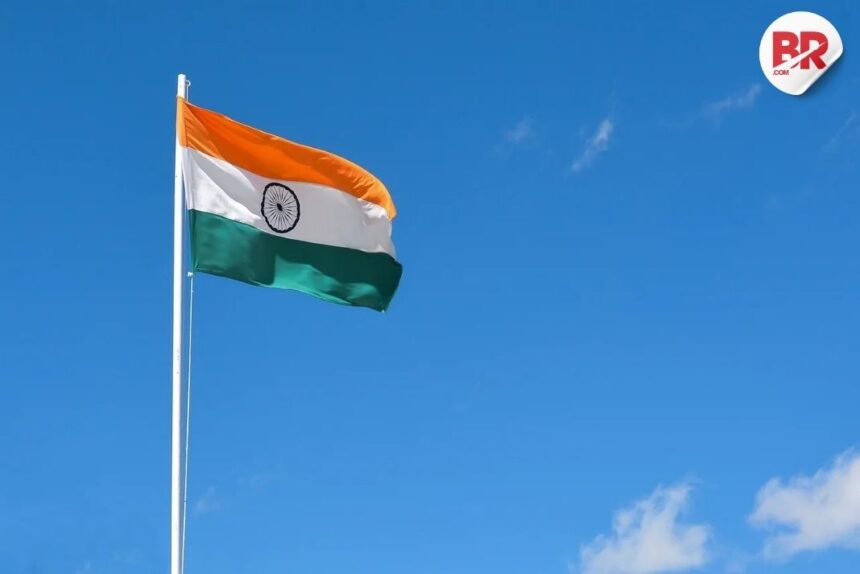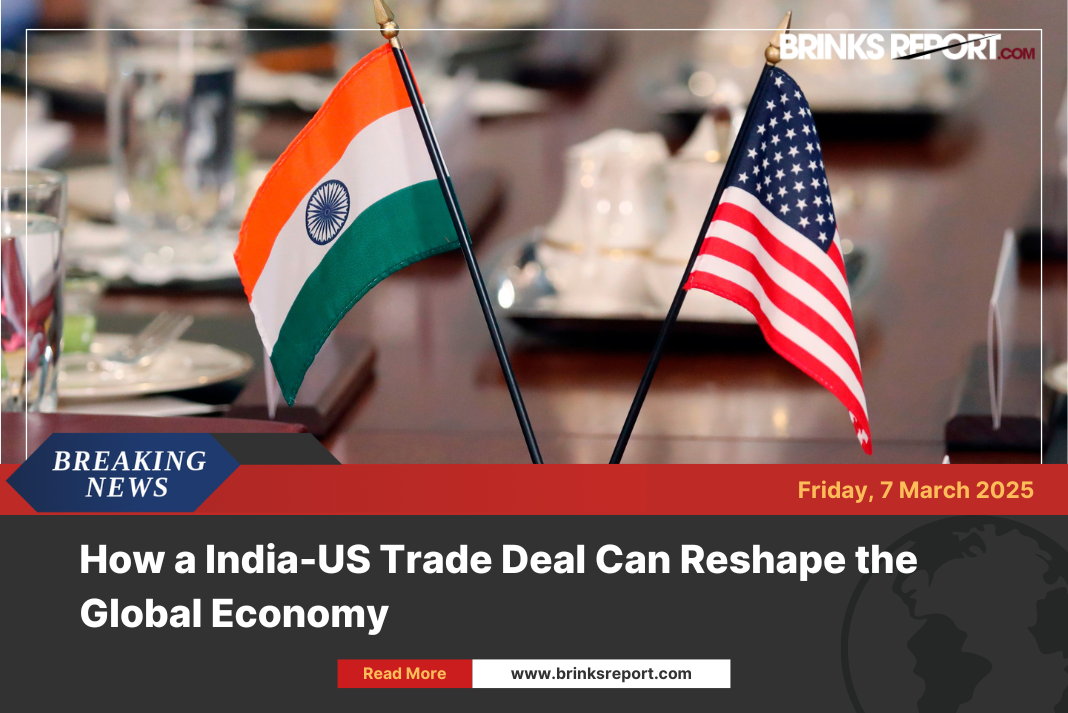
A confident outlook, but storm clouds gather
The Indian government is standing firm on its goal of growing the economy by 6.3% to 6.8% in 2025-26, even as global markets face shockwaves from a new wave of U.S. tariffs. Officials say that as long as oil prices stay below $70 per barrel, the country can absorb the blow and keep the economy steady.
But not everyone shares that optimism. Private economists, including experts at Goldman Sachs, are more cautious. They have trimmed India’s growth forecast by 20 to 40 basis points, expecting the economy to grow at just 6.1% this fiscal year. Their concern? The rising heat of trade tensions sparked by U.S. President Donald Trump’s tariff hike.

How the U.S. tariffs are hitting Indian businesses
Recently, Trump’s administration imposed a 26% tariff on Indian imports, as part of a wider plan targeting multiple countries, including China. The move has rattled Asian stock markets and sparked fears of a global economic slowdown.
In India, the diamond industry is feeling the sting. The U.S. is a major buyer, taking more than one-third of India’s diamond exports. Now, thousands of jobs in the industry are at risk. Other labour-heavy sectors, like textiles, footwear, and agriculture, are also under stress, prompting urgent action from policymakers.
Also Read: Trump’s Tariffs Ignite Global Trade War—Was It Worth It?
India’s plan to cushion the impact
In response, India’s finance and commerce ministries are working with exporters and trade bodies to find solutions. There are already four to five proposals on the table. These include:
-
Interest subsidy extensions
-
Incentives to help exporters diversify
-
Boosting access to credit through banks
A senior official mentioned that while the government is still studying the full impact, decisions on aid could come “at the appropriate time.”
Despite the situation, another finance ministry official downplayed the long-term risk to India’s fiscal health. He pointed out that existing policies, such as duty remission schemes, are already helping exporters. “We are open to doing more,” the official added.
Also Read: Week Ahead: RBI Policy, Trump’s Tariffs, Q4 Results, and More to Drive Indian Stock Market
Diplomacy, not confrontation
Interestingly, India is choosing a calm and diplomatic path. While some countries are planning retaliatory tariffs, India is instead hoping to negotiate a trade deal with the U.S. by autumn 2025. This approach shows India’s belief in cooperation over conflict, even in the face of economic pressure.
A delicate balance between hope and caution
While government officials remain upbeat, the divide between their confidence and the caution of economists is hard to ignore. The government is betting on oil prices, smart policy, and fiscal discipline to help India stay on track.
On the other hand, economists worry that the ripple effects of U.S. trade policy may slow growth and test India’s economic strength in the coming months. The situation is a real-time stress test of India’s ability to handle global shocks while staying focused on its growth goals.
Final thoughts
India’s journey through 2025/26 will be closely watched by the world. Will the government’s confidence pay off? Or will the global trade storm shake the foundation of its growth ambitions?
For now, the nation is walking a tightrope—balancing resilience, reforms, and relationships to keep its economy growing in an uncertain world.
Also Read: As Markets Crater, Trump Dares the World to Make a Deal












